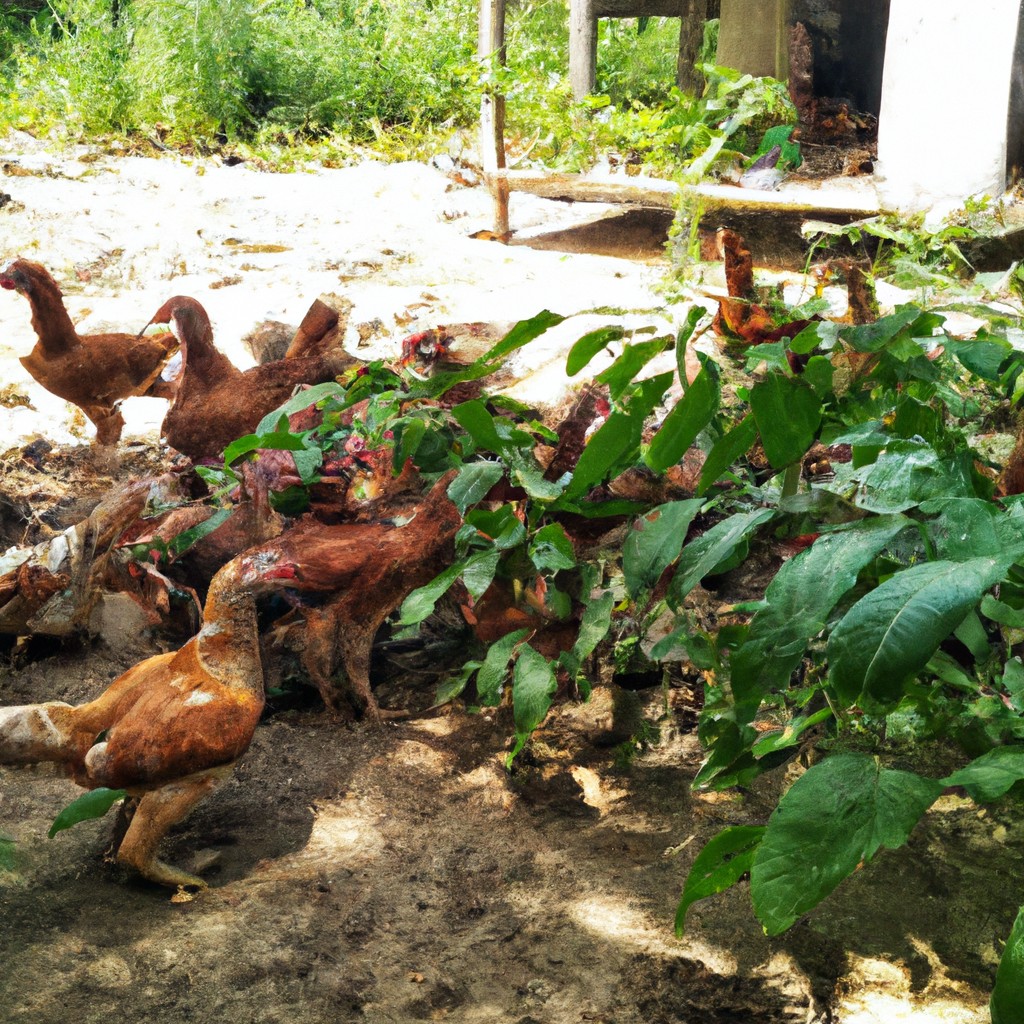This article explains the principles of animal agriculture, highlighting sustainable practices and their impact on both farm efficiency and environmental health.
Look Inside:
Definitions and Scope of Animal Agriculture

Animal agriculture refers to the practice of breeding and raising animals primarily for the production of food, such as meat, milk, and eggs. This sector also includes the production of leather, wool, and other animal products. Here are the key components:
Firstly, livestock refers to domesticated animals raised in an agricultural setting. Common examples include cows, pigs, chickens, and goats. Each species requires different care and management practices tailored to their specific needs and the products they provide.
Secondly, aquaculture pertains to the farming of aquatic organisms including fish, crustaceans, mollusks, and aquatic plants. Developing rapidly, this branch operates in both freshwater and marine environments.
Lastly, apiculture, or beekeeping, plays a critical role. Beyond honey production, bees are vital for pollination, contributing to the biodiversity necessary for agricultural productivity.
In its entirety, animal agriculture is a diverse field that supports the livelihoods of millions worldwide while meeting the dietary needs of billions. Its extensive scope makes it integral to global economies and food systems.
Animal Agriculture’s Impact On Environment
Animal agriculture contributes significantly to various environmental issues. First, this sector is a major source of methane, a potent greenhouse gas released by ruminants like cows and sheep during digestion. Additionally, expansive grazing areas often lead to deforestation, which not only reduces biodiversity but also decreases the planet’s capacity to absorb carbon dioxide.
Large-scale animal farming demands an enormous amount of water, not just for the animals but also for crop cultivation to feed them. This intensive water usage can strain local water resources, especially in arid regions.
Pollution from animal waste is another critical aspect. When not managed properly, the runoff can contaminate waterways with nutrients, bacteria, and viruses, leading to eutrophication and health hazards for aquatic life and humans alike.
By understanding these impact points, stakeholders can consider more sustainable practices that mitigate environmental harm while still providing necessary agricultural outputs.
The Role of Animal Agriculture in Climate Change
Animal agriculture contributes significantly to global greenhouse gas emissions, with livestock producing methane, a potent greenhouse gas, during digestion. This process, known as enteric fermentation, is primarily seen in ruminants like cows and sheep. Additionally, the management of livestock manure releases both methane and nitrous oxide into the atmosphere.
The production of feed for livestock also plays a crucial role. It often involves deforestation, which not only reduces carbon sequestration but also releases carbon stored in trees. The extensive use of fertilizers in growing animal feed generates nitrous oxide, another significant greenhouse gas.
Furthermore, the water usage for animal agriculture is immense, contributing to water scarcity. The entire process, from watering feed crops to providing drinking water for animals, puts a considerable strain on water resources.
Understanding these factors helps in grasping how animal agriculture is intertwined with climate change, illustrating the urgency of finding sustainable practices in this sector.
Animal Welfare Issues in Agricultural Settings
Ensuring the well-being of farm animals often faces significant challenges. Overcrowding is common, leading to stress and disease spread among animals. Lack of natural behaviors, such as grazing or pecking, is frequently restricted by confined housing systems, potentially leading to physical and psychological issues. Moreover, practices like early weaning or selective breeding for exaggerated productive traits can severely impact animal health and longevity. These conditions not only affect the animals, but they also raise concerns about the ethics of our food systems. Addressing these issues is vital for enhancing animal welfare and can lead to healthier, more sustainable farming practices.
Sustainable Alternatives to Conventional Animal Agriculture
Integrating rotational grazing systems can greatly enhance soil health and ensure pastures recover before they are grazed again. This method supports biodiversity and reduces the need for chemical inputs.
Adopting agroecological practices involves integrating crops and livestock, which helps cycle nutrients efficiently and increases farm resilience to pests and diseases.
Incorporating agroforestry, where trees and shrubs are grown among pasturelands, provides shade and shelter for animals, improves carbon sequestration, and diversifies income sources.
Enhancing animal welfare standards not only benefits the animals but also improves product quality. Higher welfare standards typically align with more natural behaviors, resulting in better health and lower veterinary costs.
Embracing technological innovations like precision farming can optimize feed efficiency and monitor health, minimizing environmental impacts and improving animal welfare.
Transitioning to these sustainable practices offers a pathway to reduce the environmental footprint of animal agriculture while maintaining productivity and profitability.




